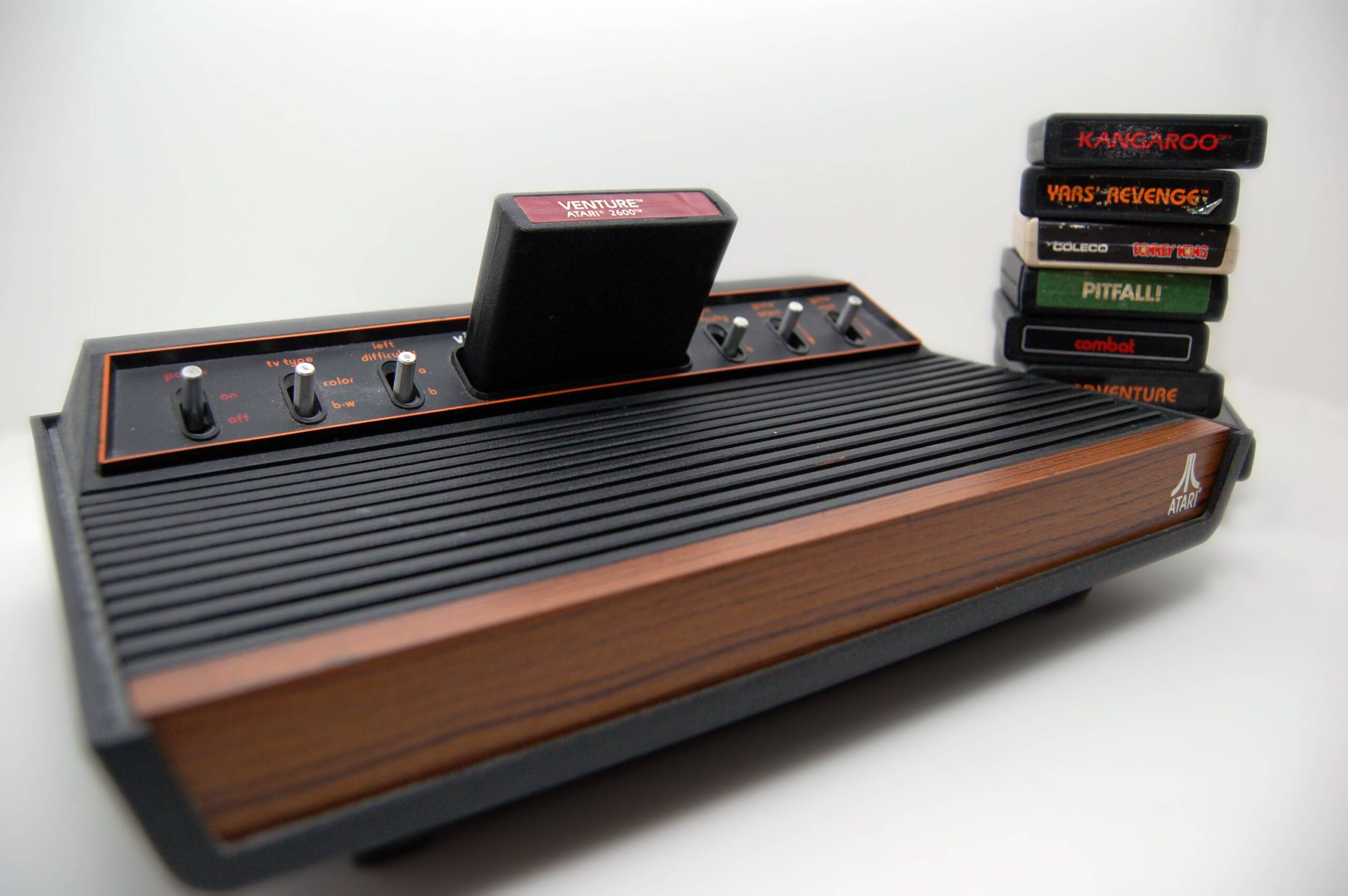It is no secret my commodorian origins and my love for RETRO that awakened again at the end of 2017 when I saw that there were some crazy people who were still making games for my 8-bit systems from childhood like the ZX Spectrum and the Commodore 64 and even on 16-bit systems such as the Atari ST and Commodore Amiga.
Although I learned to program in basic in 1982 on a Sinclair ZX81 making a Mazinger game with characters and without colors.
In ’83 I perfected myself making UDG graphics (User Defined Graphics) in 8 colors on the ZX Spectrum and using a primitive beep command to make music plus the benefits of ZX Basic, which at the time was a very advanced version of the language and then my first touches to the Z80 processor assembler.
I had already managed to make a Mazinger Z game with the colors of the super robot and for the first time I performed a basic AI routine for an enemy on the screen, it was nothing more than subtracting the distance on the «X» and «Y» axes to know the proximity of the enemies against the hero of my game and I also used the trigonometry formulas that I saw in mathematics and physics at my school, of course annoying my teachers who did not understand anything when I told them that I was making a computer game and that I needed to program the movements of the enemies to make it as real as possible.
Of course, in ’84 and after negotiating my previous systems he managed to buy me my brand new Commodore 64 with his floppy disk drive. Here it was another level, the concept of «hardware sprite» or as the magazines of the time called it in Spanish «los duendecillos» reached my brain. Furthermore, this computer had a wonderful 3-channel sound chip. audio, mono and with voice synthesis capacity, which was a dream for me because I could already have a super fluid Mazinger game, with music just like the TV series and what I never managed to have was Koji Kabuto’s voices in the game.
In 85, after studying the system so much, its MOS 6502 processor, the VIC II with its low res(160×200) and high res (320×200) graphics modes, the operation of the SID to generate music and FX’s for the game (in this section my great friend Humberto Soto always helped me, he was 10 years older than me, he studied Computer Science at the university and he also played piano and knew about music and he gave me a hand after bothering him so much, hahaha), I finally finished a wonderful game by Mazinger Zeta, which unfortunately, due to my young age of 15 and living in Venezuela, could never be a commercial production, but for me it was one of my great achievements as a developer at my young age.
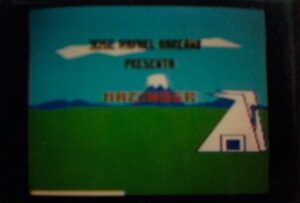
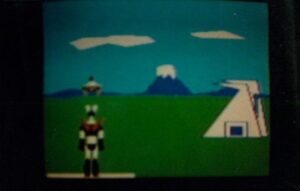
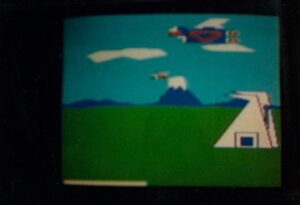
Years passed and I moved on to the ATARI ST in ’91, making a more evolved Mazinger game and of which I do have proof with source code and so on that you can get here.
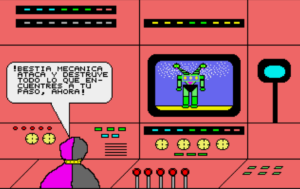
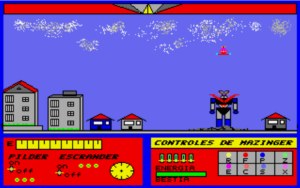
Already in the present and due to the pandemic confinement in 2021, I launched 3 minigames (Umi 64, Umi Paratrooper and Umi Liberator) for my beloved C64 that I leave the gamebase link here so you can play them.
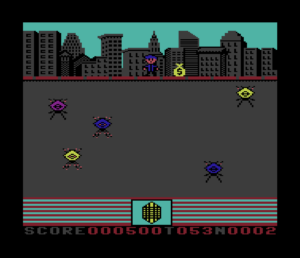
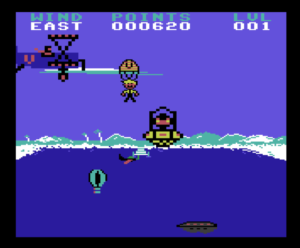
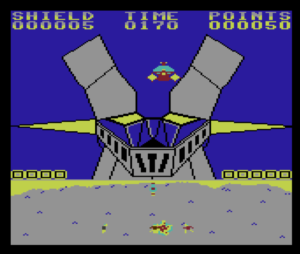
Today my C64 is on my desk and is part of my setup, at least I turn it on every day and play short arcade games that fascinate me, plus that gives me ideas for my casual mobile games because if you start to see the mobile phone is not enough to play for long periods of time but rather for short games as it was in the 80’s. I hope that one day I will resume development for the C64 again, but for the moment I am very happy playing everything that the world scene generates, which in 2023 there were more than 100 games for the platform. So this hobby is more alive than ever and I think it will last for many more years.

